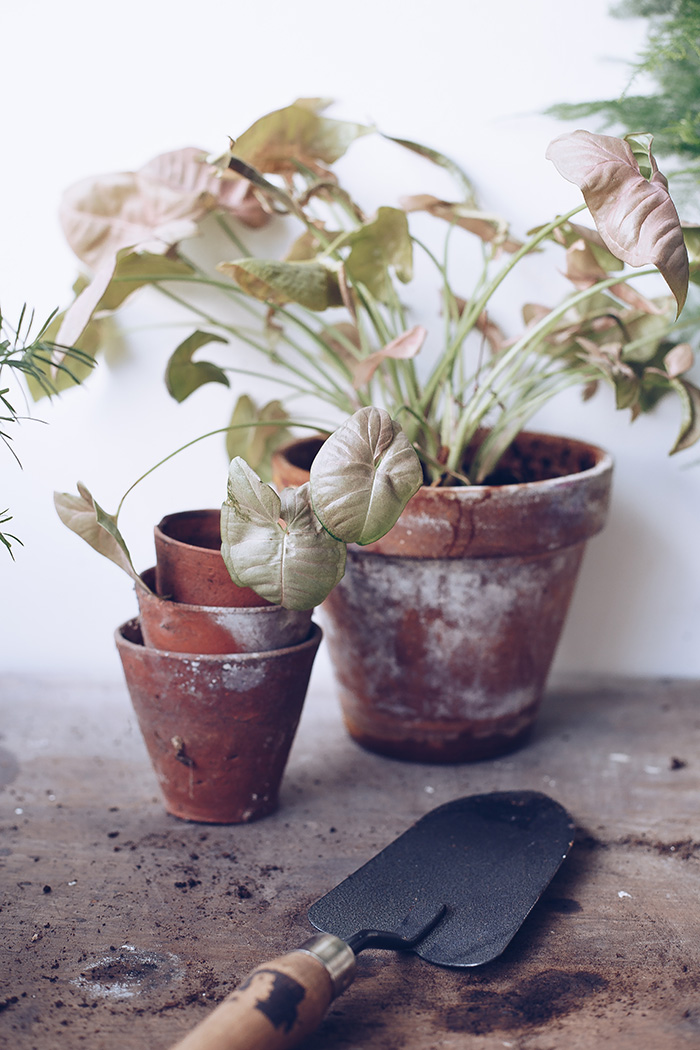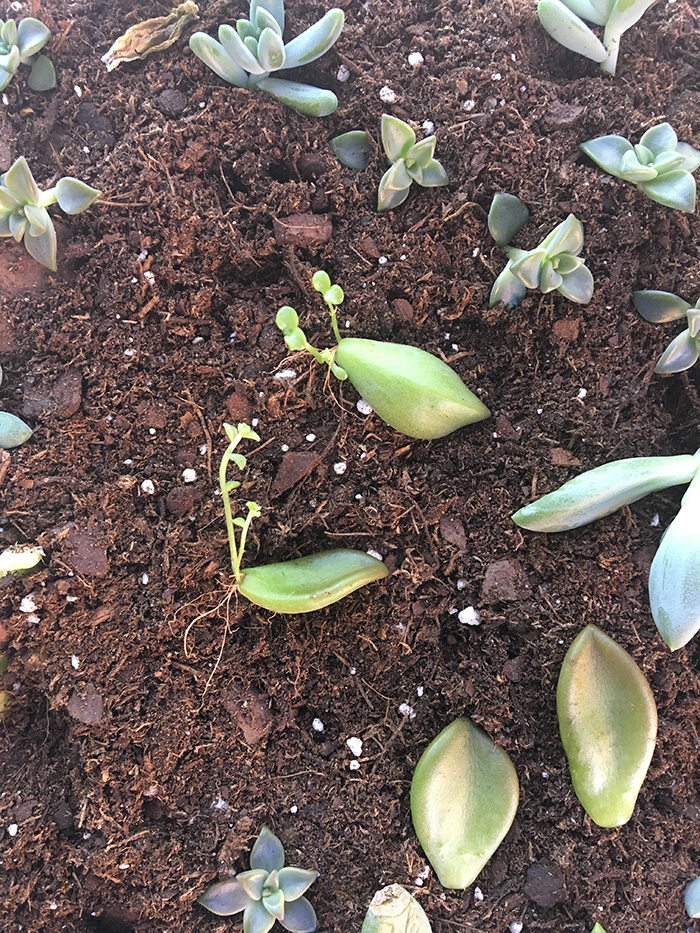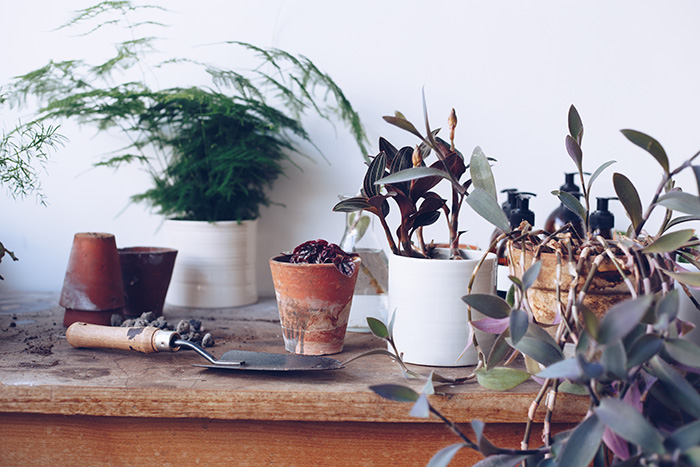Grow your houseplant collection, with easy propagation methods
© Anna Jacobsen
Get more plants from your plants, with a little green-fingered know-how
There are many ways to reproduce houseplants, with specimens propagated following different methods. Some, such as palms and rubber plants, need specialist conditions or can only be grown from seed, but there are so many plants that can be propagated at home, meaning you can share your plants or grow your collection. It can also be the most natural step after pruning.
The ideal time to propagate is during the plant’s active growth season in summer, but you can also take cuttings throughout the year. Experimentation is key. You’ll learn best through trial and error, so don’t be afraid to test different methods. There will be success with some and not others – this is part of the magic of the process! Here are the easiest and most common methods.

© Anna Jacobsen
Stem cuttings
This is the easiest and fastest way to reproduce your plants. Take a cutting with at least one leaf node (or ariel root for monstera) just above the nodal point. The nodal point can be identified by the raised bump that almost looks like a hump or hill coming out of the stem; it is often a brown or slightly woody colour. This is the point at which new roots will appear once the cutting has taken. Remove any lower leaves from below the nodal point and place your cutting in water, ensuring the nodal point is fully submerged.
Stem cuttings can take up to four weeks to root. Once the visible roots are around 2.5cm long they can be planted in soil. Make sure there is a decent amount of root before potting, to give the cutting the best chance of survival. Use a compost suited for cuttings, such as peat-free SylvaGrow John Innes No. 1.
Plants to propagate
Tradescantia, monstera, pothos, string of hearts, string of pearls, hoya, Swedish ivy, beefsteak plant, begonia

© Anna Jacobsen
Division
Prepare your plant by gently massaging the base of the pot to loosen the roots and compost. This will also allow you to divide the plant more easily if the roots and compost have become compacted. Once the plant is free from its original pot, carefully divide it, separating the roots. You may need to cut it with a sharp knife if the roots don’t separate easily. Be careful to keep as much of the root system in place as possible.
Once divided, repot each new plant into its own pot. The pot should have enough room for the new roots to grow and sufficient width; allow no more than 5cm at the base of the roots and around the plant.
Plants to propagate
Ferns, jade plant, calathea, oxalis, syngonium

shutterstock.com
Offshoots
Pinch or cut away any ‘pups’ or offshoots from the mother plant. For Chinese money plants, you will see new plants appear at the surface of the compost or visibly out of the stem – they should be cut as close to the main plant’s stem as possible. The pups should then be submerged in a glass of water for roots to appear.
Spider plant offshoots can also be cut from the main plant and the base, which may or may not have started rooting already. Similarly, place them into a glass vessel filled with water so you can see the roots grow. Once the roots are just over 2.5cm, pot the new plant into compost.
For succulents and cacti, once you’ve cut the offshoot allow the raw end to callus over (soft tissue grows over the cut end) before planting.
Plants to propagate
Spider plant, Chinese money plant, varieties of cacti and succulents, air plants

© Anna Jacobsen
Leaf cuttings
Remove healthy leaves from the parent plant and place the raw edges down on lightly misted soil. Allow succulent leaves to dry and the raw edges to callus over for about three days before placing on soil, to avoid rotting. For sansevieria (snake plant), ensure you insert the cut edge of the leaves directly into the soil, while Begonia rex varieties should have the veins on the underside of the leaves scored first. Leave in a warm spot that receives indirect light. Once you see roots forming, cover them with a little soil to encourage growth.
Plants to propagate
Echeveria, sedum, Chinese money plant, Begonia rex, sansevieria
WORDS: ANGELA MAYNARD
Before you go...
...fancy automatic entry to all future competitions?
Simply register online today for FREE and you will get:
Automatic entry to all current and future competitions.
Access to Reclaim Inspiration - an online visual pinboard for saving all your home and style inspiration.
A regular newsletter of inspiration, ideas and advice.

Save all your articles in one place
Become a Reclaim Member to save all your home and style inspiration. Simply login or register online today for FREE and you will get:
Automatic entry to all current and future competitions.
Access to Reclaim Inspiration - an online visual pinboard for saving all your home and style inspiration.
A regular newsletter of inspiration, ideas and advice.








